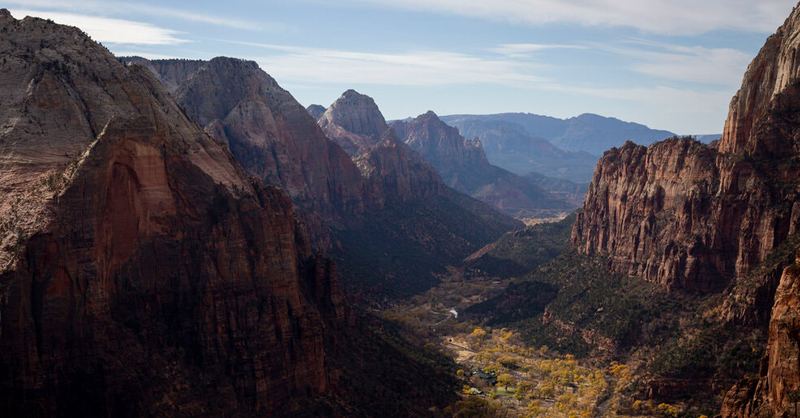NY Times: Get Outside And Safely Visit A National Park
Expansive vistas, serene lakes, abundant wildlife and good old fresh air — what’s not to love about national parks? So many Americans have taken refuge in parks during the pandemic that 15 of them set recreation visitation records in 2020. All of the parks have adjusted their operations as a result of Covid-19, and with social-distancing protocols still in place almost a year later, there could be competition for campsites, ferry rides, programs and, in some cases, day passes at the most popular parks.
“This is the year to be prepared,” said John Kelly, a management assistant at Acadia National Park in Maine. “Visitors really need to plan ahead and be extra thoughtful and ready for things to be different.” All parks are currently required to abide by President Biden’s executive order mandating mask-wearing in federal buildings and on federal lands when social distancing is not possible — “even in parking lots, on trails and on mountaintops where others are present,” Mr. Kelly said.
With some planning and creativity, however, you can get a healthy dose of nature while avoiding crowds and hassle. And while there are only 63 proper national parks, the Park Service manages another 360 national monuments, recreation areas, seashores and other sites that offer unique attractions and fewer crowds.
“So many people, I think most of us, are feeling so fatigued and downtrodden and exhausted by the pandemic,” said Emily Pennington, a national parks columnist for Outside magazine, who visited all of the country’s national parks in 2020. “Parks are not only relatively safe places, but also places to rekindle that sense of wonder.”
Here are some ways to enjoy the great outdoors safely and conveniently in the warmer months ahead.

Plan even farther in advance.
At iconic national parks, some lodging, transportation and program options are booking out much earlier than they would in a typical year because more people are traveling domestically and fewer slots are available. Parks that have limited transportation options are especially at risk of booking up.
“You should be planning this month or you may not be able to get transportation to the island,” said Chris Amidon, supervisory park ranger for Isle Royale National Park, an island in Lake Superior that is reachable only by boat or plane.
It’s wise to check if land-bound parks have restrictions too. Acadia, for example, is requiring advance reservations to drive the Cadillac Summit Road this year. Many parks are also encouraging visitors to pay entrance fees online ahead of time through recreation.gov, and some have required reservations for day use in the past. Having passes and maps printed out can mean that you don’t have to wait in lines to pay fees.
[...]
Secure your campsite.
For campers who don’t like to reserve ahead of time, parks typically set aside a certain number of campsites to be staked out on a first-come, first-serve basis. But some campgrounds, such as Jenny Lake in Grand Teton National Park, Wyo., filled up as early as 6 a.m. last summer. If you are keen on camping, private campgrounds, such as those run by the company KOA, in nearby towns are more likely to have openings.
Hipcamp is a website and app used for finding both established campgrounds and private hosts who allow camping on their land, in a similar way to Airbnb. Also consider asking park staff about dispersed or primitive camping areas on adjacent Forest Service, Bureau of Land Management or other public lands. These remote sites typically do not have amenities like bathrooms and picnic tables but make up for it in quietude. Some road atlases, such as National Geographic’s Adventure Edition, feature icons where public camping is allowed and apps like The Dyrt, WikiCamps and Campendium can help locate campsites.
Check out the full article from the NY Times here.
Please Sign in to View
Log in to view member-only content.
If you believe you are receiving this message in error contact us at memberservices@rvia.org.
